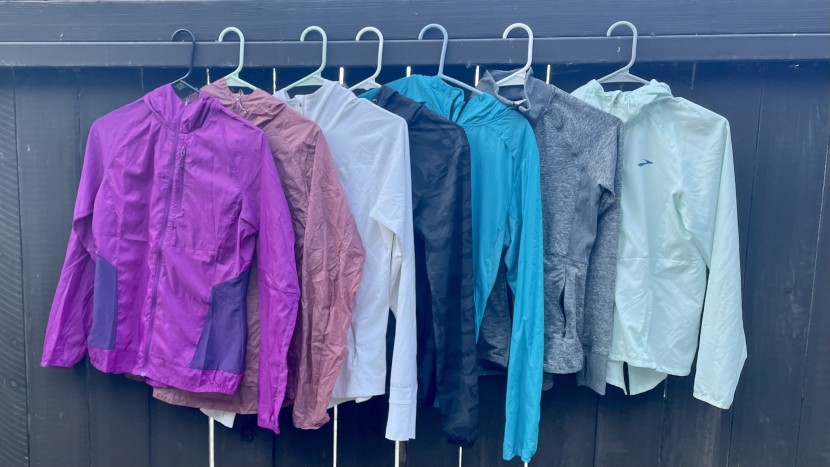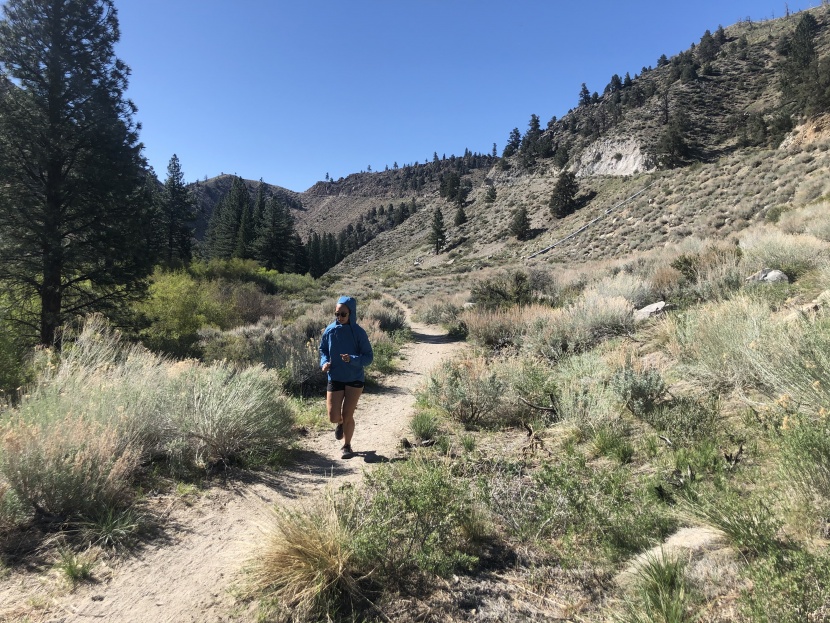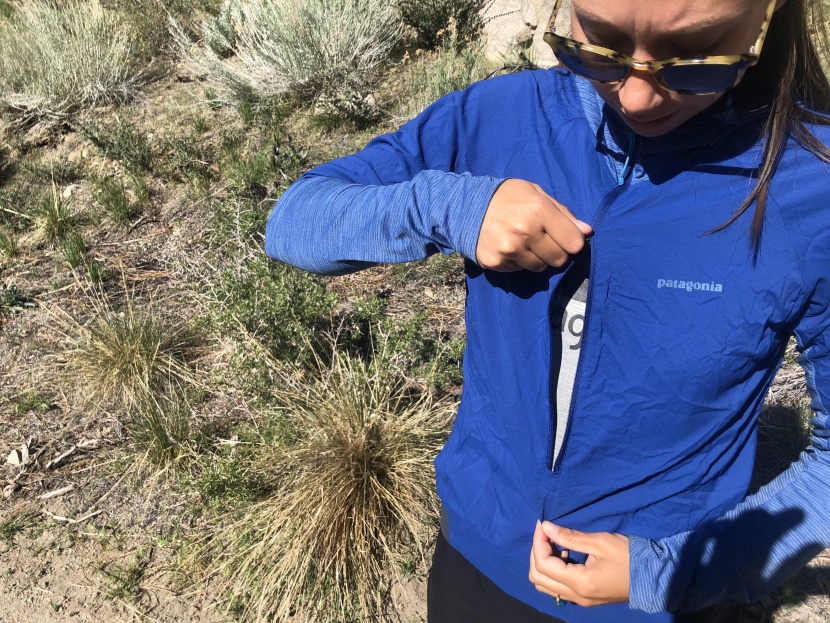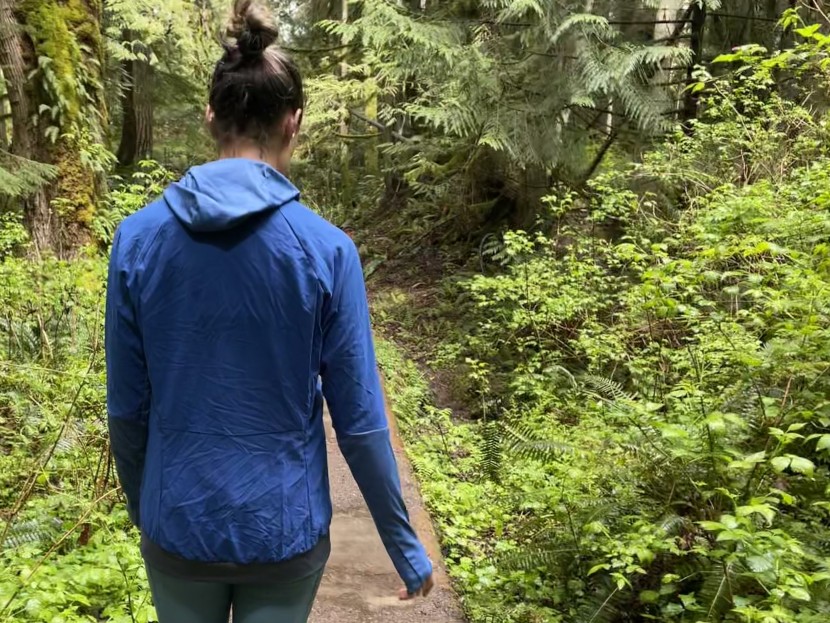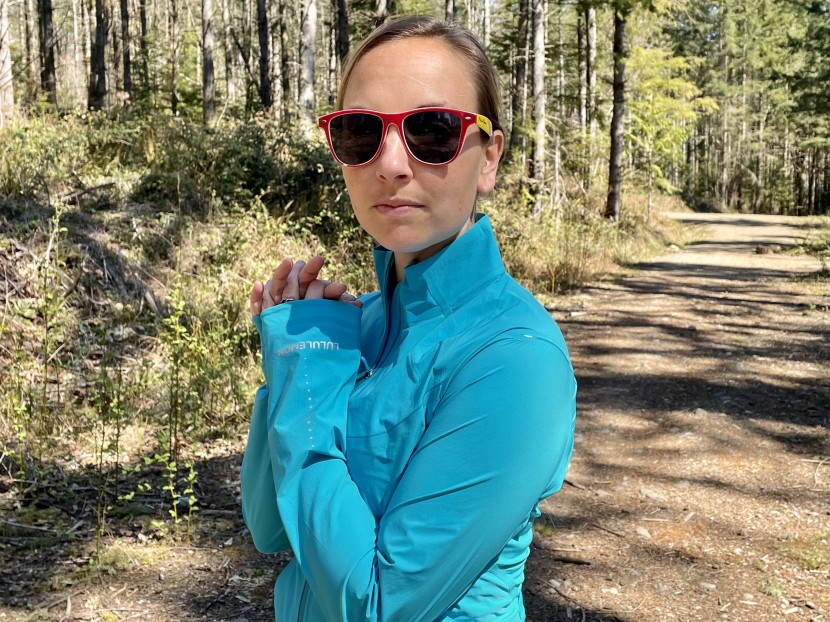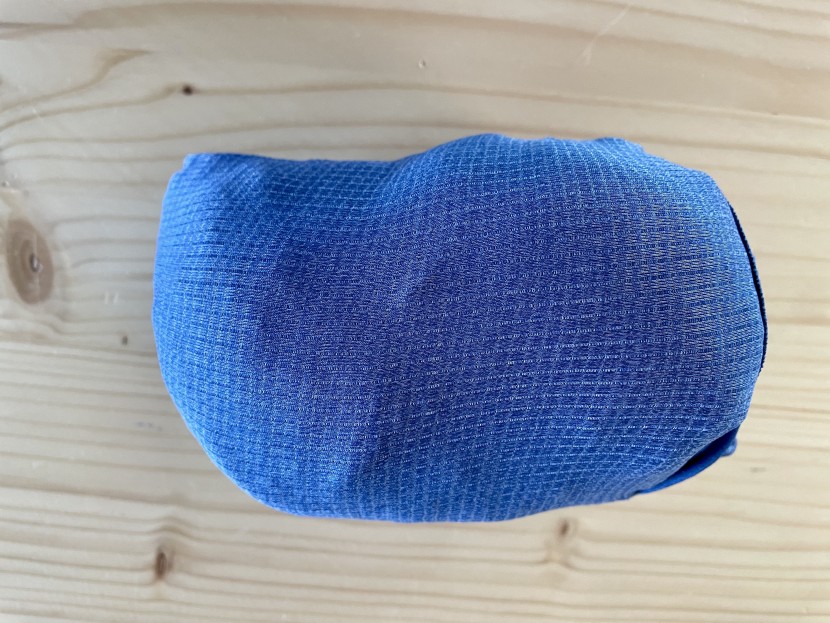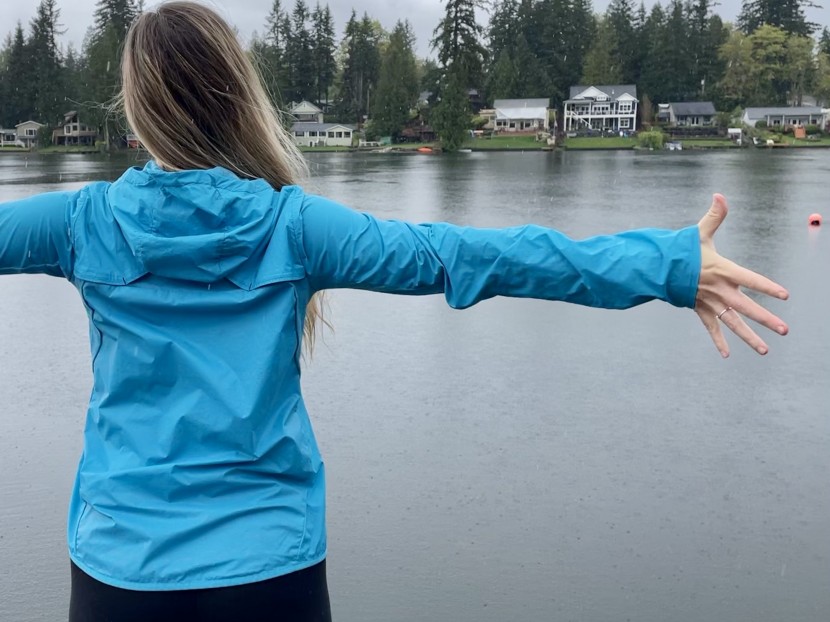Our experts spent months in the field with jacket contenders to provide the most reliable information possible. We tested five scoring metrics in our evaluations, directly comparing each to its competitors.
Breathability
The testing process for breathability was a hands-on, direct comparison. We brought each jacket out into the field and ran up and down hills, predominantly in hot and humid weather. Our testers could frequently be found hiking and running around with a handful of jackets so they could try out many products in more controlled conditions. We learned that two factors contributed to a jacket's overall breathability: materials and venting. We noted both of these features before heading out in all conditions to sweat, get wet, and turn it on like a turbojet.
Weather Resistance
There are a few different types of inclement weather that we wanted to test for, so we all marched off to the hills, valleys, and peaks with as many jackets as we could carry to see how these products held up in the real world. We ran in wind, rain, and frigid temperatures, all the while noting which contenders could keep us protected without feeling stifling. To fully test for rain resistance in a controlled manner, we sprayed each jacket with small amounts of water to see how well the materials could repel the moisture.
Comfort and Mobility
Our favorite jackets were soft and smooth to the touch. Whether it was polyester, nylon, or wool, we awarded high marks for products that felt luxurious. We also wanted to reward a great fit, so we evaluated each jacket based on its sizing. The highest scorers in this review were either stretchy or built with enough room to move freely. We quickly docked points for jackets that were too tight in the shoulders.
We performed movements besides running. The motion and momentum of running tend to be quite linear, though this is less true when running dynamic and technical trails. We don't often do sweeping arm movements, twists, or forward folds while on the run. Because of this, we developed a better dynamic test, which includes squatting, jumping jacks, burpees, and a few well-placed kickboxing maneuvers. During this specifically designed workout, we took notes about each jacket's comfort level. We paid special attention to whether or not the jacket rides up or stays put, is restrictive, or allows for freedom of movement. We are super pleased with the number of jackets that performed well during this test.
Portability
We placed each product on a scale and recorded the results. The lightest jackets in this review were less than three ounces, and the heaviest options were close to nine. From there, we assessed packability. Many of the layers we tested have pockets and can pack themselves away easily. We packed and unpacked each of these jackets to see which was the easiest to operate while on the move.
Features
There are a variety of features that our team identified that could easily transform an everyday windbreaker or jacket into a true running buddy, not to personify our gear or anything. Our process for assessing the specialty features was fairly simple. We dedicated ourselves to getting to know every detail of each jacket, no matter how minute they seem. Our testers wore these jackets everywhere they went, learning all their ins and outs and judging them, as always, side-by-side. We looked for visibility, storage, media adaptability, hoods, and thumb loops primarily, also making notes of each jacket's unique characteristics that appeal specifically to runners. We painstakingly assessed the functionality of the pockets on each piece, even when that meant enduring miles with our phones bouncing around in less functionally engineered pockets.

